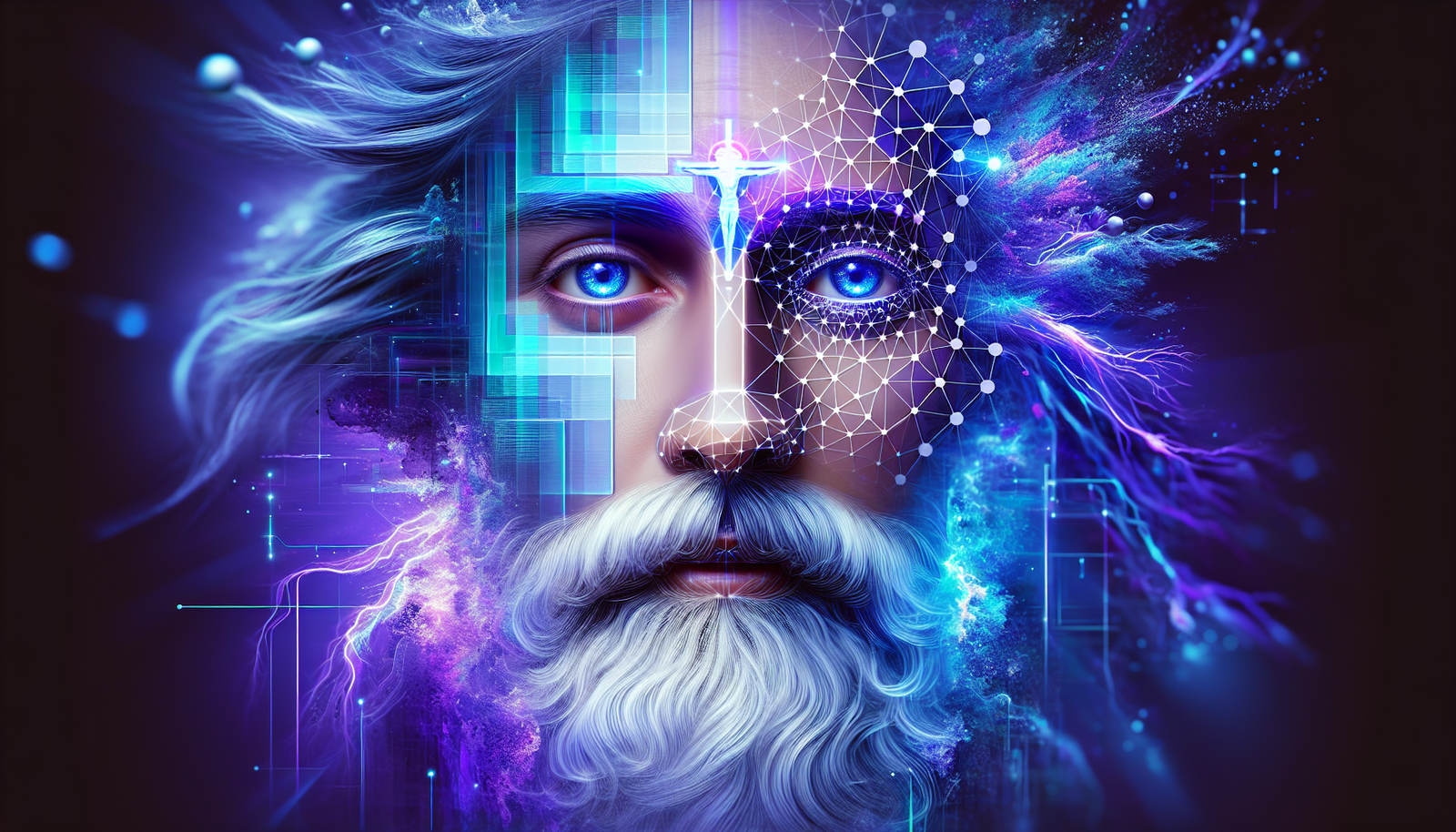The Rise of Deepfakes and the Pope
The technological developments in the field of deepfakes fuel a passionate debate about ethics and image manipulation. Pope Francis, an iconic figure of the 21st century, is not exempt from this trend. AI-generated images depicting him in controversial situations, such as kissing Madonna, provoke both fascination and outrage.
A Source of Ethical Questions
The presence of the pope in these images raises concerns about the truthfulness of the content disseminated online. By creating an image aggregated from digital data about him, deepfakes question the line between *reality* and *illusion*. The ability of technologies to create striking similarities exacerbates the risks of misinformation, an issue already addressed by the pontiff himself in his speeches.
The Madonna Phenomenon and Image Manipulation
The recent fake images of Madonna, in which she appears alongside the pope, reflect a broader phenomenon. The digital artist behind the creations, RickDick, claimed he did not intend to shock with his works. However, this amalgamation of public figures raises eyebrows. The juxtaposition of a pop celebrity and a religious leader challenges deeply rooted cultural and historical values.
Controversial Representations
Illustrations such as the pope in a Balenciaga coat have circulated on the internet, eliciting mockery and criticism. These images, although fabricated, do not amuse the pope. During his public appearances, he highlights the dangers of visual manipulations, shedding light on examples of fake news that proliferate on social media.
The Impact of Deepfakes on Public Perception
The *Pope Francis* is a prime target for deepfakes due to his visibility and large *digital footprint*. AI models, trained on images of the pope, effortlessly replicate his features and postures, allowing for unlimited creation of “artworks.” This phenomenon amplifies the problem of authenticity and the question of *impact on public figures’ reputations*.
Sarcastic Usage and Its Implications
Interestingly, the creator of the images does not consider himself a detractor. His goal is to provoke thought and smiles through the absurd. RickDick believes that the use of influential figures to create humorous montages is merely an extension of the *meme* culture, which explores profound concepts in an entertaining way.
Calls for Regulation
The pope calls for awareness regarding deepfakes and their fraudulent use. With the rise in cases of abuse related to AI technologies, such as sextortion or misinformation, the need for strict legislation becomes evident. Experts, like Sam Stockwell from the Alan Turing Institute, emphasize the necessity of an appropriate legal framework to combat these abuses.
An Uncertain Future
The works created from deepfakes inevitably raise controversies. The visions regarding the future of digital manipulation engage in a tug-of-war between creativity and ethics. As long as AI technologies continue to evolve, the danger of a *misinterpretation* of images will persist, jeopardizing trust in traditional media. Institutions must prepare for this future at all costs. Advances such as those by tech giant Google on image editing showcase how discussions around ethical limits are more relevant than ever. To delve deeper into these issues, also check out articles on this topic here.
FAQ: The Divine Illusion and the Craze for Deepfake Images of the Pope
What is the nature of the deepfake images of the pope and why are they controversial?
The deepfake images of the pope are digital creations that use artificial intelligence to overlay his face on other images or videos. They spark controversies due to their ability to deceive the public and alter the perception of a respected religious figure.
How do deepfakes influence the pope’s public image?
Deepfakes can harm the pope’s public image by creating unauthorized and often satirical representations, which can blur the line between reality and fiction in the public’s mind.
What ethical issues are raised by the pope’s deepfakes?
The ethical issues include misinformation, manipulation of public opinion, and respect for the dignity of public figures, particularly that of a religious figure like the pope.
Why is the pope a prime target for deepfakes?
The pope is often targeted because he is a widely recognized authority figure and has a vast digital presence, facilitating the creation of deepfakes that can easily circulate online.
Can deepfakes have legal consequences for their creators?
Yes, depending on the content and how the images are used, deepfake creators may face legal repercussions, including defamation or violation of image rights.
What measures is the Vatican taking to counter deepfakes?
The Vatican has begun raising public awareness about the dangers of deepfakes and is working on initiatives aimed at enhancing image verification and countering misinformation.
How does the public react to the pope’s deepfakes?
Public reactions vary; some find amusement in these creations while others express concerns about their impact on the perception and credibility of the pope.
What is the relationship between AI technology and the creation of deepfakes?
AI technology enables the generation of deepfakes using machine learning algorithms to overlay faces on existing videos and images, making the creation process more accessible.






